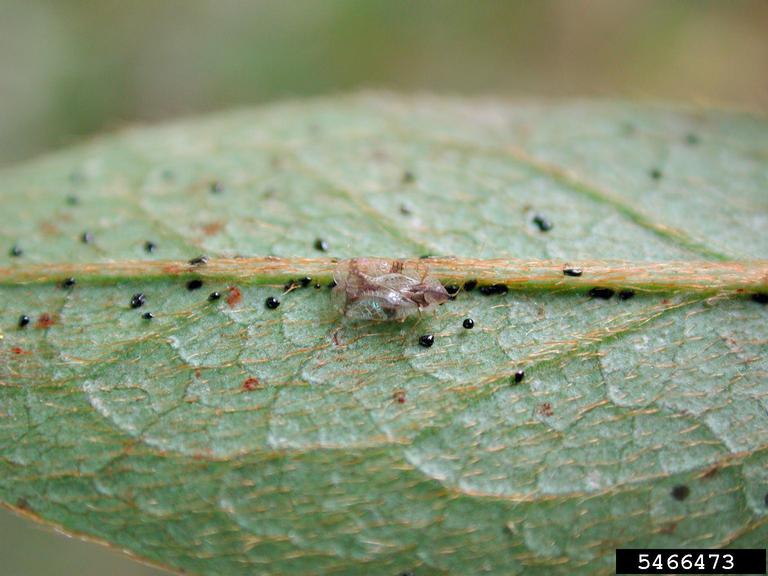Azaleas have been a southern favorite for years. In the Old South azaleas graced plantation houses with their charm, provided flowers for corsages, and were the backbone of many landscape plantings. The taller Indica azaleas worked well to hide the less attractive foundations of homes. The plants grew so large they even supplied a hideaway for children to play under their leaves. They were a part of Southern life.
Today, newer azalea varieties multiply the plant’s usefulness. Kurume varieties will grow up to four to six-foot tall and look good under windows and in beds. Gumpo varieties are so short that they can be used almost like ground covers. Of course, these azaleas have the same preferences as older varieties. They need at least some shade and moist, but well drained soils. Their shallow roots grow best when plant shallowly, mulched heavily, and watered frequently.
While azaleas are celebrated for being on the lower end of the plant maintenance spectrum, that doesn’t mean they require no care. As with all landscape plants, some level of maintenance is needed for them to perform at a high level in the landscape, and fortunately they respond well when provided with the few inputs they need.
To start, let me encourage you to be a plant doctor and give your azaleas their annual physical in late March to early April. The first factor to consider is nutrition. As one would imagine, all living things require sustenance, so just like us, plants do not do well without the proper diet. Though they make their own energy through photosynthesis, they need sixteen different elements to be healthy. In particular, two primary plant nutrients may be lacking now.
If you guessed nitrogen, then you are right on target! Nitrogen is a primary plant nutrient responsible for the synthesis of essential plant proteins, forming good green leaf color and general plant growth. Nitrogen-starved plants can be easily be spotted by observing whether or not a plant’s older mature leaves are turning yellow. Some leaf drop may occur. If this is describing your azaleas, no need to despair. Generally, you can resuscitate the plant with a shot of 16-4-8 or a fertilizer labeled for acid-loving plants like azaleas and camellias. Treat this affliction with three tablespoons per ten square feet of bed now and again in May or July. Scatter fertilizer evenly around the plant to keep from burning roots.
Aside from nitrogen, another nutrient with which the azalea is prone to have a deficiency is the micronutrient, iron. Deficient plants will exhibit yellowing in new growth at the tips of the plant shoots. Generally, iron-deficient plants will have leaf veins that remain green while the rest of the leaf yellows. This may be harder to cure since iron deficiency can be caused by high pH soils, but an iron foliar spray or fertilizer granules applied to the soil may give the plants some relief. If there is a relapse, take a soil sample around the plant to diagnose the real reason for the malady.
In addition to some nutrition issues, azaleas may also suffer from some pests. For example, the azalea lace bug is a common pest that literally sucks the life out of azalea leaves. Look for the first signs of damage on plants in full sun or in protected areas beginning in March and continuing throughout the summer. Look for white stippling on older leaves. Turn stippled leaves over to find lace bug stages and black fecal spots. Examine lace bug eggs with a hand lens for signs of parasitism (a round hole in the top of the egg) and look for predators.
To scout for these insects, give your plants a weekly exam by knocking the branches over a white sheet of paper. Adults are 1/8 inch long. The transparent wings are held flat on the back. Their wings are lacy with two grayish-brown cross-bands connected in the middle. Nymphs are mostly black and spiny. The flask-shaped eggs are partially embedded in leaf tissue and often are covered with a black tar-like secretion. There are four generations a year. Eggs overwinter in leaf tissue. Lace bug adults and nymphs live and feed on the underside of leaves. Time insecticide applications for the presence of the first-generation nymphs.

Lastly, what about your azalea’s structure? Are they too tall and spindly or do they have dead branches and limbs in them? If you have lots of dead branches in your plants, then it is likely they have “dieback”. This malaise is due to fungi infecting the stems and plugging the plant’s arteries. Unfortunately, it is not curable. All we can do is to remove the dead limbs. Plants may recover or continue to die. Remove any dead branches by cutting the branch back to living tissue.
Before you run out to the yard with your pruners and hedging shears in hand, I want to caution you to not go into a pruning frenzy just yet. Azaleas are spring bloomers, so while it’s ok to remove any dead wood, wait to do any major pruning, such as a height reduction, until after your plants bloom. Otherwise, you’ll be pruning off the lovely blooms you’ve been waiting for all year! Once they’re done with their flower display, you should be safe to prune, just don’t wait too late in they year to get the job done so they plants will have time to recover and set new growth.
Being an azalea doctor may not pay well, but there are several excellent fringe benefits. Nursing your azaleas can be very rewarding. They will show their thanks with years of blooms and nice green foliage. The successful graduate of our azalea medical school is the one who remembers to care for one’s plants at all times of the year, not just while they are in bloom.